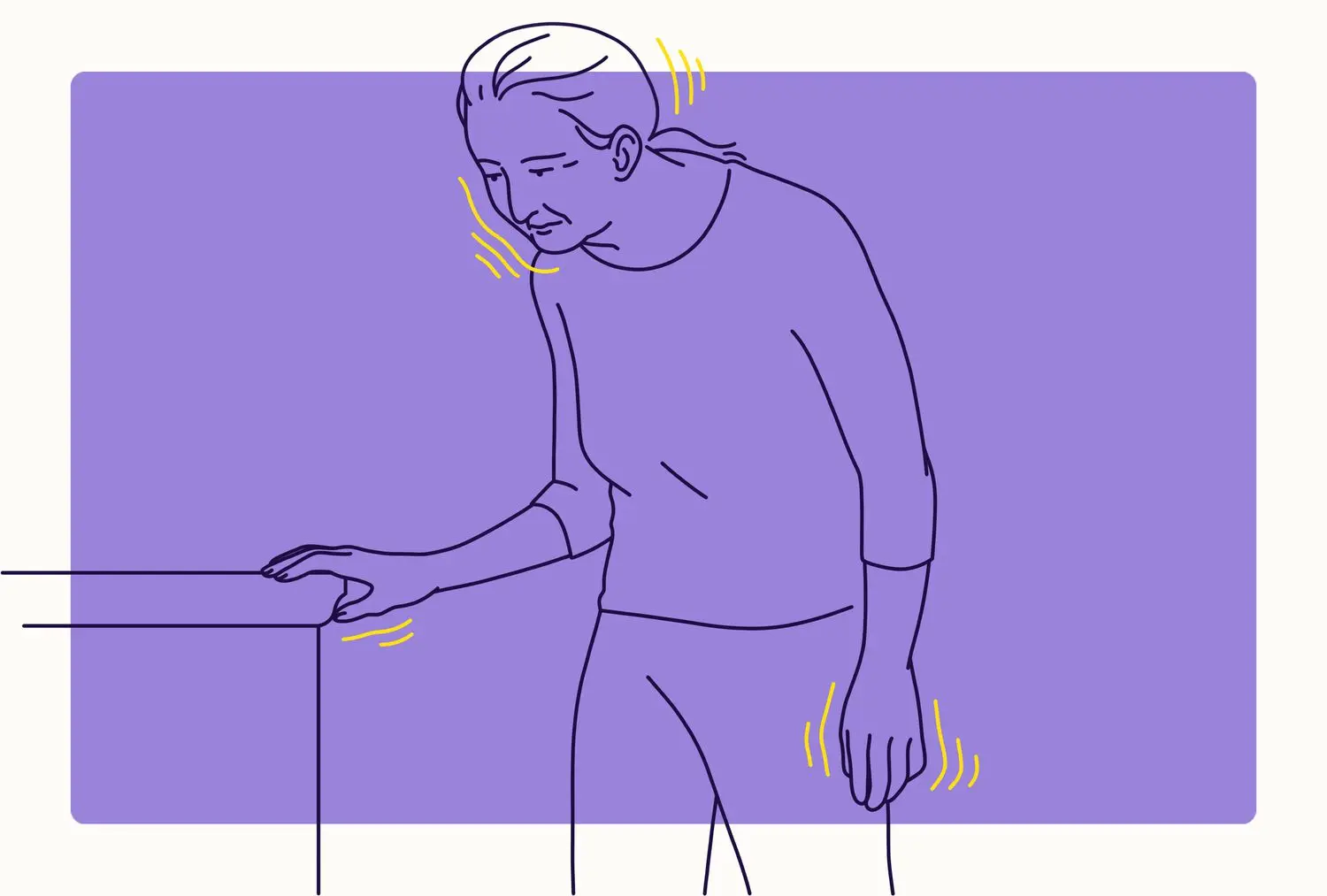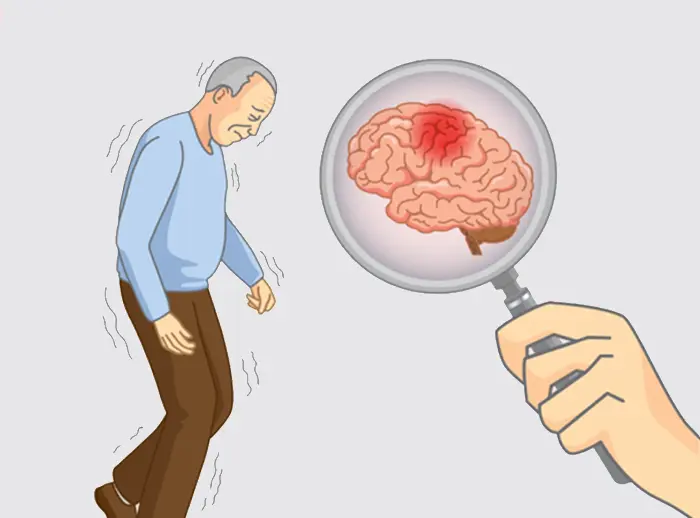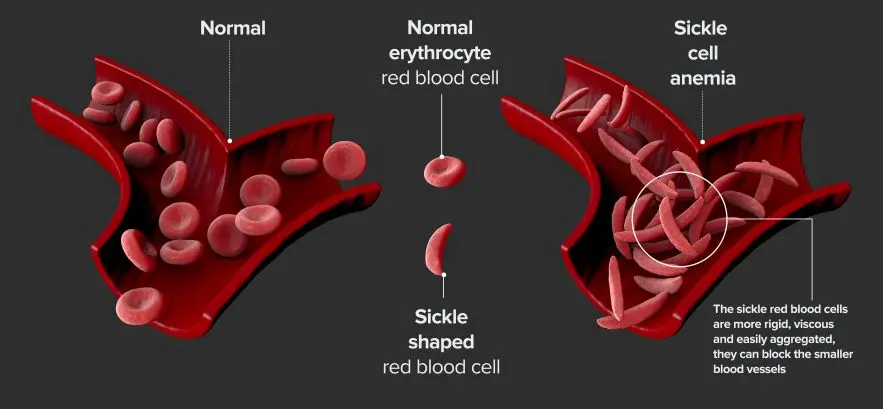
Common Treatment Options for Parkinson's Disease
Parkinson's disease is managed through a combination of medications, therapies, and, in some cases, surgical interventions. Each treatment option is designed to address specific symptoms and needs. Below is a table that highlights the most common treatments for Parkinson's disease and their respective benefits and risks.
| Treatment Type | Description | Benefits | Risks/Side Effects |
|---|---|---|---|
| Levodopa | A medication that is converted into dopamine in the brain | Improves motor symptoms like tremors and stiffness | Nausea, dizziness, involuntary movements (dyskinesia) |
| Dopamine Agonists | Medications that mimic dopamine in the brain | Can reduce tremors and rigidity | Hallucinations, sleep disturbances, impulse control issues |
| MAO-B Inhibitors | Inhibit the enzyme that breaks down dopamine | May improve motor function and extend the effects of levodopa | Nausea, dizziness, headache |
| Deep Brain Stimulation (DBS) | A surgical procedure where electrodes are implanted in the brain | Can reduce symptoms when medications are ineffective | Infection, bleeding, speech problems, mood changes |
| Physical Therapy | Targeted exercises to improve mobility and flexibility | Enhances balance, mobility, and reduces falls | Requires consistency and patient commitment |
| Occupational Therapy | Therapy focused on daily activities and adaptive strategies | Improves independence in daily tasks | May be challenging for some patients to engage regularly |
Benefits and Effectiveness of Parkinson's Disease Treatments
The effectiveness of Parkinson’s disease treatments can vary from person to person, depending on the progression of the disease and individual responses to medications and therapies.
1. Medications: Symptom Management
Levodopa, combined with carbidopa, is considered the gold standard for Parkinson's disease treatment, as it directly replenishes dopamine levels in the brain. Dopamine agonists and MAO-B inhibitors help maintain dopamine activity and can be used as adjuncts to levodopa to reduce motor fluctuations.
2. Surgical Intervention: Deep Brain Stimulation (DBS)
DBS is a highly effective treatment for patients with advanced Parkinson's disease whose symptoms are not well-controlled with medications. It involves implanting electrodes into specific brain regions, which deliver electrical impulses to reduce symptoms like tremors and rigidity.
3. Therapies: Improving Quality of Life
Physical and occupational therapies are vital to improving daily functioning and slowing the decline in motor skills. These therapies focus on enhancing mobility, strength, and overall independence, reducing the risk of falls and promoting a better quality of life.
Risks and Side Effects of Parkinson's Disease Treatments
While the treatments available for Parkinson’s disease are effective in managing symptoms, they are not without risks. Medication side effects, such as nausea and dizziness, are common, especially when starting a new medication or adjusting dosages. Levodopa, while highly effective, can cause involuntary movements (dyskinesia) over time. Surgical interventions, like deep brain stimulation, carry risks of infection, bleeding, and potential changes in mood and cognition.
1. Medication Side Effects
- Levodopa: Long-term use can lead to motor fluctuations and dyskinesia (involuntary movements).
- Dopamine Agonists: May cause hallucinations, compulsive behaviors, and sleep issues.
- MAO-B Inhibitors: Can lead to nausea, headache, and dizziness.
2. Surgical Risks
Deep Brain Stimulation is generally safe, but complications such as infection, bleeding, and speech difficulties can occur. The surgery also carries risks associated with anesthesia and post-surgery recovery.
Conclusion: Finding the Right Treatment Plan for Parkinson's Disease
The treatment of Parkinson’s disease involves a comprehensive approach that includes medications, therapies, and possibly surgery. It is important for patients to work closely with their healthcare team to develop a personalized treatment plan that addresses their specific symptoms and lifestyle. While there are benefits to each treatment, it’s essential to consider the potential risks and side effects when making treatment decisions.
By understanding the available treatment options and discussing them with a healthcare provider, individuals with Parkinson's disease can better manage their symptoms and maintain a good quality of life.






